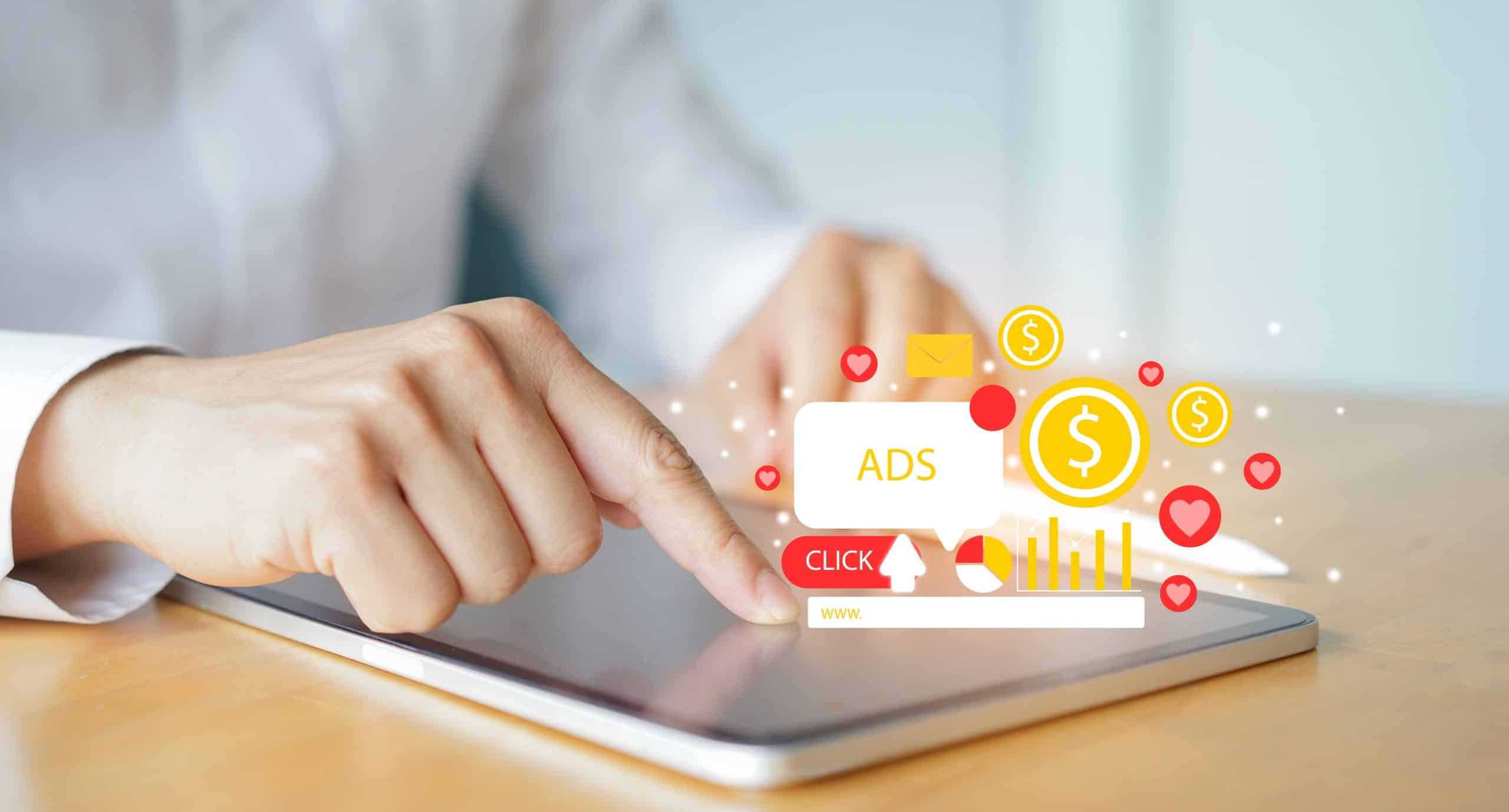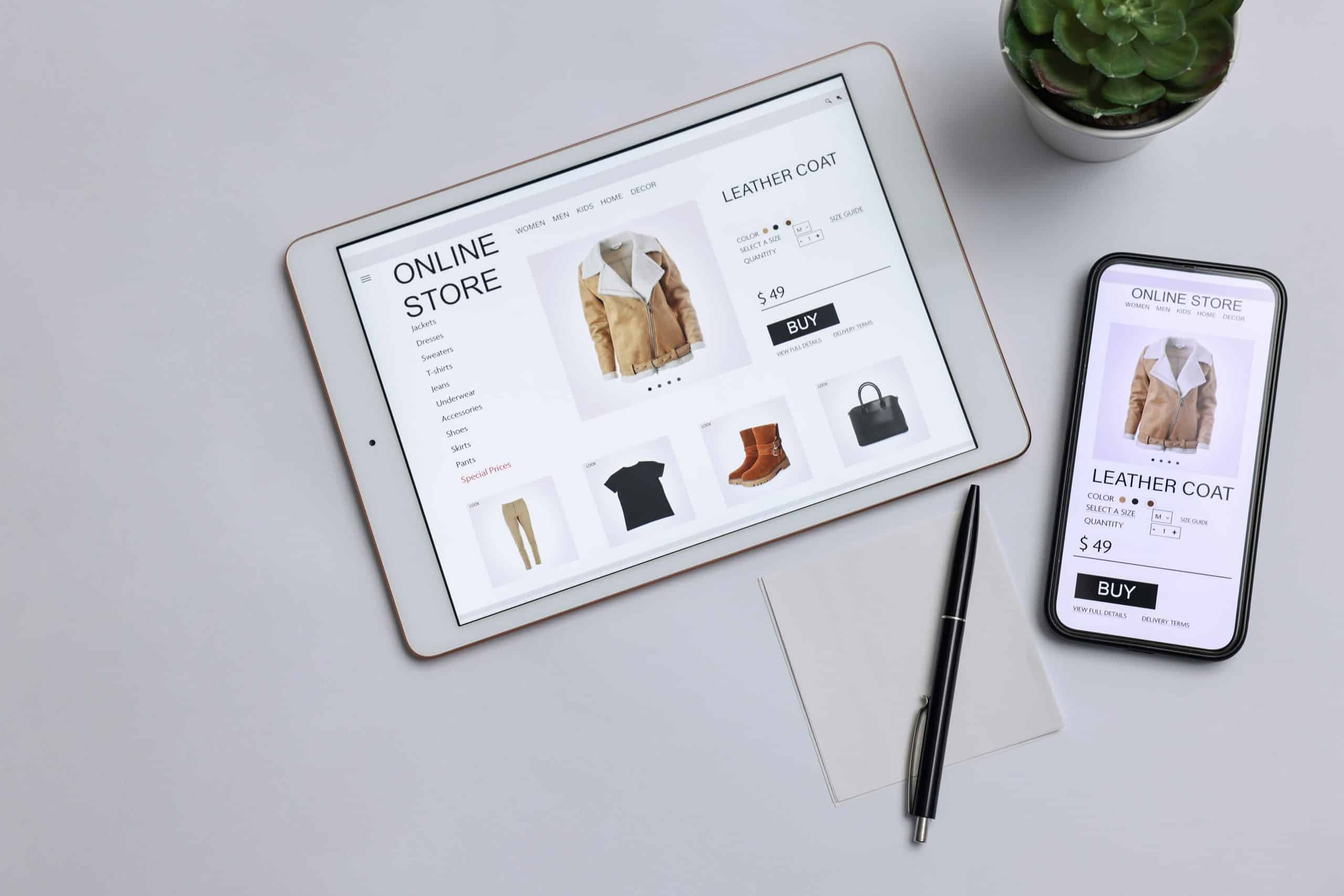Modern marketing in a busy digital landscape requires a comprehensive media strategy. As you’re planning how to reach and grow your audience, it’s essential to balance common media options — namely paid and earned — using each to your business’ advantage. The choices may vary based on industry, company size, and other factors, so consider your options carefully to create the marketing media mix that works best for your company.
Remember, always-on digital marketing is key to long-term success: Nielsen’s 2024 annual marketing report found that ongoing marketing efforts account for 10% to 35% of a brand’s equity. Each type of media can offer insight into how your customers learn, interact, and communicate, as well as reach new customers, build the sales pipeline, and help build and protect your brand over time.
Let’s look at when, where, and how to use paid vs. earned media as part of a successful marketing strategy.
What Is Paid Media?
Paid media, unlike owned media, is a concrete line item on your broader marketing budget. Paid media costs money to run, and includes traditional advertising, like TV, radio, print, or billboards. Digitally, paid media can include display ads, social media ads, targeted search results ads, and more.
One key difference to consider in weighing paid media options is whether you’re paying to spread your company’s name or category, such as on a billboard, or whether you’re paying to target audiences who have already searched your business in some way, such as with search ads. Learn more about the media-buying process and common challenges.
As you’re developing a strong mix of paid ads, keep in mind how popular video is these days. Nielsen’s study found that 50% of brands don’t invest enough in media to achieve their maximum ROI, and that they under-invest most (66%) in digital video. Google data found that paid mobile ads on YouTube are 84% more likely to get viewers’ attention than TV ads.
Owned media, meanwhile, includes marketing content that a company creates and publishes for free, including blog posts, social media copy, and email marketing. This content helps educate and build trust with your audience.
What is Earned Media?
In an earlier era, earned media usually referred to print news mentioning your company or product. With so many ways for consumers to give feedback to brands these days, earned media has grown quickly to encompass a huge range of channels. These include word of mouth, customer reviews of your product or services (on any number of available websites), unpaid work with influencers, and social media mentions, as well as more traditional media coverage driven through PR efforts. It’s “earned” because you did something newsworthy or noteworthy to get attention and shares.
On a fundamental level, you’ll always have less control over earned media than you do over owned or paid media. But it’s also incredibly valuable: Nielsen’s Trust in Advertising survey found that 88% of respondents trust recommendations from people they know the most. Planning an earned media strategy can help build and maintain trust in your business and lets prospects know you’re legitimate and valuable. That same survey also found that 70% of respondents trust branded websites, 66% trust online reviews, and 61% trust brand sponsorship.
Earned media doesn’t technically cost anything, though PR firms and comms teams work hard behind the scenes to place this type of coverage or garner this attention.
Paid vs. Owned Media: Key Differences
A business’ media strategy should include paid, owned, and earned opportunities. Here’s a quick look at the key differences between paid and owned media:
| Paid | Owned |
| Cost is fixed and measurable. | Cost is largely from paying creators. |
| Goals are traffic and leads. | Goals are organic traffic, brand awareness/affiliation, and leads. |
| Reach is targeted to audience, location, etc. | Reach is broad and global. |
| Timeliness is immediate. | Success is longer-term. |
Paid vs. Owned Media Spending Differences
Paid and owned media differ primarily in cost: Paid media requires marketing budget and careful tracking for ROI. Owned media isn’t exactly free, as it requires time and people to create high-quality, useful content. But it isn’t tracked as a line item like paid media is. Paid media is also time-bound depending on budget, so you turn it on and off as needed for specific campaigns or sales goals.
Paid media offers faster results, too, so you might see the return on investment faster than with owned media. Generally, creating and sustaining quality owned media is a long game. Building a site with strong SEO authority takes time. It also takes time and expertise to write and publish (plus continually update) all the relevant articles, social posts, email series, and other content that will build lasting audience trust.
Paid vs. Owned Media Reach Differences
Owned media generally has audience targets: You likely know, for example, if you’re talking to an executive or a practitioner in a piece of content. That may be based on research data, focus groups, or trusted subject matter experts. But paid media offers marketers much more specific targeting toward self-identified groups — this may be those with purchasing power in your market segment or industry vertical, publications with a specific niche audience, or a paid influencer who’s popular with a select audience you’d like to target. When you’re paying for ads, whether on search or social, you’ll have plenty of options to target audiences by job title, location, and more.
Benefits of Paid Media
Speed
Paid media can be deployed quickly, even sometimes the same day, if you so choose. This is useful if you’ve been granted extra budget or have any left over, or if you change tactics or start a new campaign with little notice. The speed of paid media can also be useful for conducting A/B testing of headlines, button copy, and more.
Specificity
Paid media can get very specific, such as social media ads that target by gender or interests. Search ads let you target audiences based on what they’re searching for, so your content will appear when someone is looking for the exact product or service your business provides. That might include search terms, keywords, interests, and more. Paid media dollars can also go toward retargeting to send customers back to your company’s site.
Measurability
There are ways to measure the impact of owned and earned media, such as organic search traffic or social mentions. Paid ads, though, are entirely trackable, lending to a clearer picture of how they’re performing, and allowing you to make adjustments quickly.
Benefits of Earned Media
Trust and Legitimacy
As Nielsen’s study found, a large majority of respondents trust recommendations from someone they know. Earned media across the many available digital channels can boost your brand’s credibility and keep its reputation strong. For newer businesses, earned media can help establish a brand name and promise, as well as creating strong associations within an industry.
Efficiency
When your business gets a free influencer endorsement, positive online reviews, or a high-profile social share, it’s a huge win for very little cost. These types of earned media wins are much harder to plan than paid or owned media, but their impact can outweigh months of ad spend. You can also use and reuse earned media, such as including positive customer reviews on your website, or resharing and repromoting social mentions and news content.
How to Measure the Effectiveness of Your Media Strategy
Your media strategy measurement will likely include a mix of metrics that capture both sales-related data and brand awareness information. Remember to use the key performance indicators (KPIs) that align with the goals of your overarching marketing strategy and the specific campaign in progress. Also consider all the channels and platforms where you might capture performance data. Check in on this data often so that you can make adjustments as needed, particularly for paid media planning.
Common KPIs for paid media include:
- CTR (click-through rate) from an ad link.
- CPC (cost per click).
- CPA (cost per acquisition) for a new customer.
- Conversion rate after an ad click.
- Page views and visits.
- Return on ad spend.
Common KPIs for earned media include:
- Reach.
- Engagement rate.
- Impressions.
- Media mentions.
- Social shares and engagement.
- Sentiment analysis.
- EMV (earned media value).
How to Integrate Your Paid and Earned Media
No media type exists alone. Any effective marketing campaign should use all the platforms and channels available, with messaging that echoes each other. Audience members and prospects may only see content briefly across various channels, so seeing similar and consistent messaging helps imprint and then reinforce a brand in memory, particularly if others are talking about it. That’s why it’s essential that your business is available on any channel on which a customer might be active.
To integrate paid and earned media, understand what’s performed well on paid media to date, particularly as it aligns with campaign and business goals. How does that echo recent earned media? You might, for example, run an ad that highlights a great customer quote, or use a relevant social post or screenshot in a paid social placement.
Key Takeaways
When considering paid vs. earned media, it’s important to understand that each holds an important place in a comprehensive marketing strategy. Consider the entire range of earned media options as you’re brainstorming how and where to reach your desired audiences. Use paid media wisely, and try A/B testing and precise targeting to make sure you’re getting the most from the spend. Across both media channels, make sure you use all the formats available to you, particularly video, to make sure you’re engaging audiences where they are.
Frequently Asked Questions (FAQs)
What is an example of a paid media strategy?
A paid media strategy generally starts with a budget line item, so you can then plan the size, duration, format, and channel mix of your paid ads accordingly. A paid media strategy also needs audience targets and desired outcomes or goals. Any paid media strategy should have a specific length of time attached and capture all relevant metrics to see whether to continue and what to change or test.
What are the disadvantages of paid search?
Paid search is a popular tactic used by enterprises today, but it has a few key disadvantages to consider as you’re planning your paid media strategy. First, it’s expensive, particularly in a competitive market, and you have to pay continuously for coverage. There are also limited spots for ads for those competitive markets, and you may run into limits on how many people will see the ad. You also have to make sure you’re targeting the right keywords and audience to get the most from your budget.
Are paid, owned, and earned media mutually exclusive?
Pain, owned, and earned media should work together in a comprehensive media strategy. With busy, crowded social channels and websites, you’ll find success when these channels are complementary and offer audience members various ways to engage with your brand and build trust.



